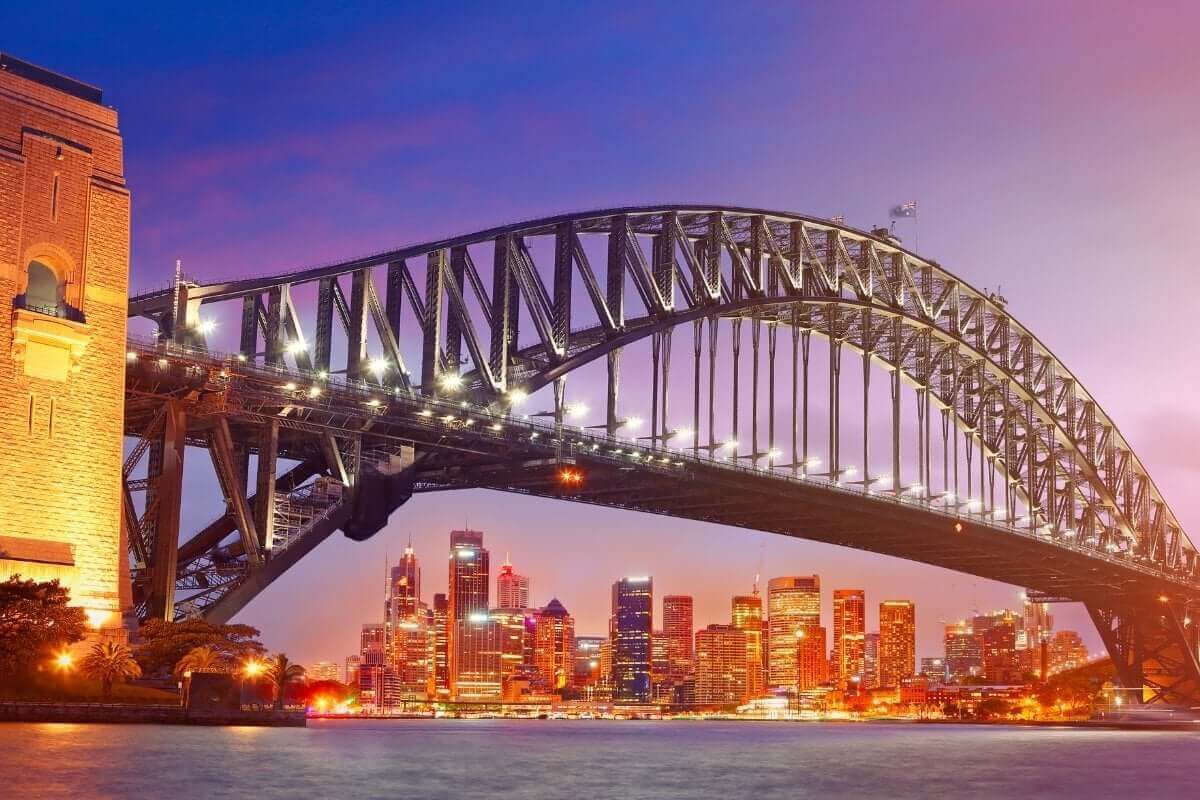Kangaroos, koala bears, the Outback’s fiery red dust, and the Golden Coast’s gleaming coasts are just a few of Australia’s many attractions for both tourists and residents. But one feature of this vast island nation that is frequently disregarded is its bridges. We’ve listed Australia’s top 11 famous bridges below. Find out more by reading on!
1. Sydney Harbour Bridge
Sydney Harbour Bridge is, without a doubt, Australia’s most well-known bridge. The Sydney Harbour Bridge is as Australian as the Opera House, standing at the entrance to Sydney Harbour and being depicted on most city postcards.
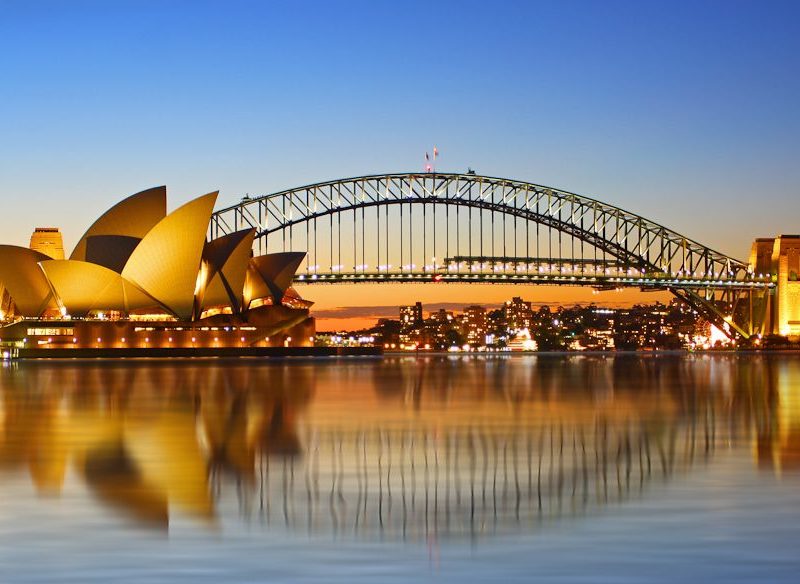
The bridge was completed in 1932 after an arduous eight-year building period. 95,000 cubic meters of concrete, 53,000 tons of steel, 17,000 cubic meters of stone, and around 223,000 gallons of paint go into the construction of the bridge.
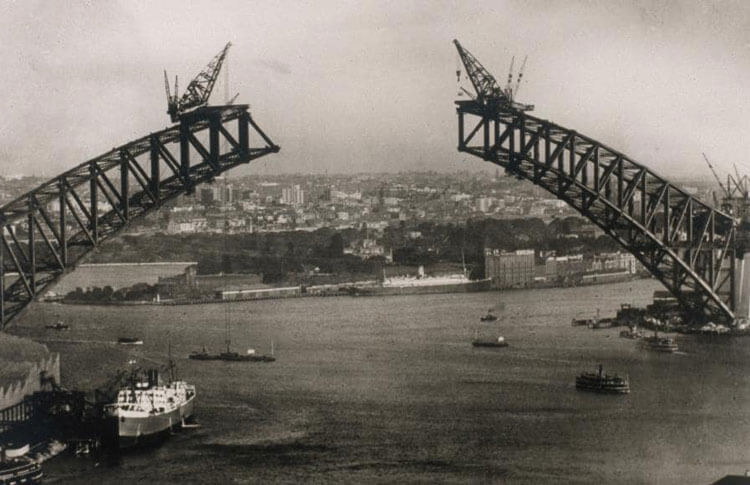
Moreover, more than 1,400 laborers were needed to finish this famous tower. The Sydney Harbour Bridge is still the world’s tallest steel arch bridge.
The route connects commuters between Sydney’s Central Business District and its North Shore with eight vehicle lanes, two train lines, a cycleway, and a pedestrian sidewalk. Millions of visitors cross, climb, and take pictures of this well-known Australian bridge every year.
2. Sea Cliff Bridge
The Sea Cliff Bridge is one of the most well-known in Australia and is renowned for the breathtaking vistas that surround it. The 140-kilometer (87-mile) Pacific Road, which follows the coastline between Sydney and Wollongong, has long been a well-liked picturesque drive in southeast Australia.
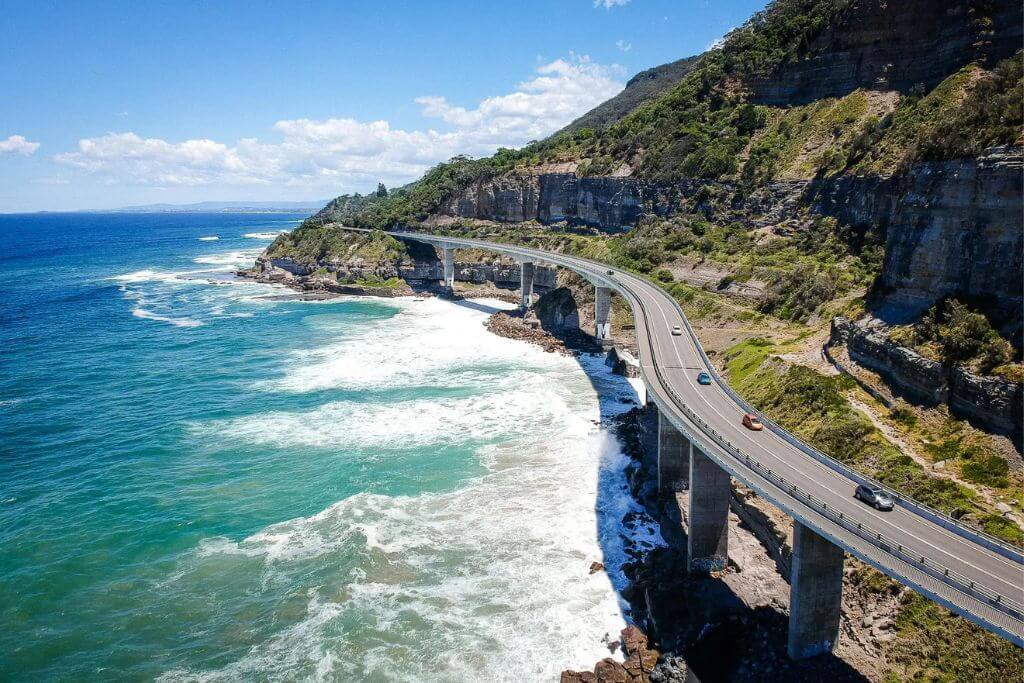
This perilous stretch of road was highly dangerous until the Sea Cliff Bridge was built in 2005. It was not an easy task to construct, and numerous technological considerations had to be made.
The balance and curvature of the Sea Cliff Bridge are two of its most crucial features.
While driving across this bridge could give you a little adrenaline rush, you can unwind and enjoy the breathtaking view knowing that its contemporary design was carefully constructed with safety at the top of the list.
3. Story Bridge
One of the most recognized aspects of Brisbane’s skyline and one of the most well-known in all of Australia is the Story Bridge. It is not surprising that this bridge is frequently in the news because it was designed by the same person who created Australia’s most recognizable arch, the Sydney Harbour Bridge.
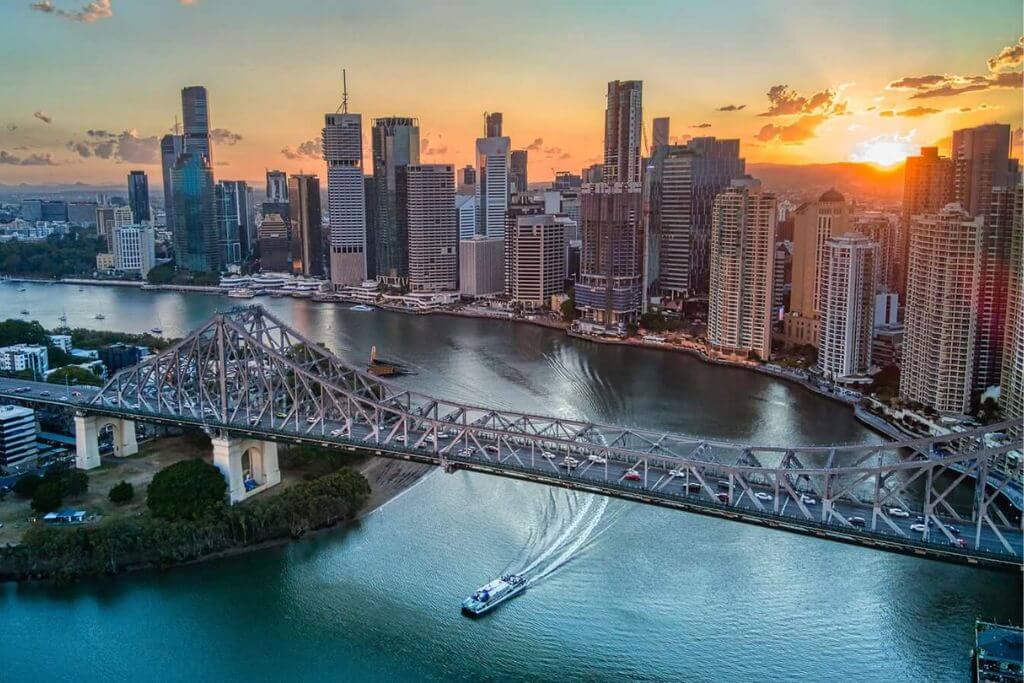
Although the bridge’s construction was not praised at the time, it was vital to connect Brisbane’s Central Business Area, Kangaroo Point, and Fortitude Valley. Commuters had to pay a toll to cross when it first opened in 1940; building on it started during the Great Depression.
Many people believed that this charge would be in place indefinitely, but following World War II, an influx of Americans migrated to Brisbane, and by 1947, the bridge had been fully paid for, and the toll had been eliminated.
4. Gladesville Bridge
The renowned Gladesville Bridge may also be found in the vibrant metropolis of Sydney. The bridge’s 300-meter span was the largest concrete arch span in the world when it initially opened in 1964.
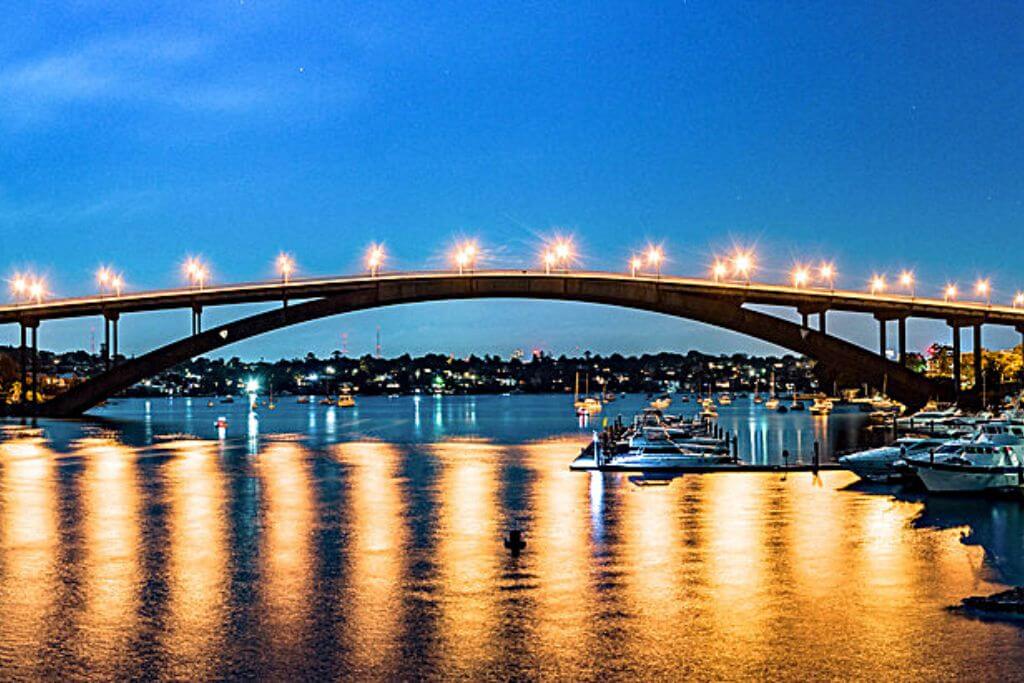
Engineers predict that this massive building will remain standing for at least 2,000 years. Ferries were used to transporting people back and forth between markets and farms prior to the construction of the bridge.
Today’s huge bridge makes it simple for commuters to cross the Parramatta River between the communities of Drummoyne and Hunters Point. One of the first bridges to be built with a computer’s assistance was the Gladesville Bridge.
5. Anzac Bridge
Another one of Australia’s most well-known bridges is the Anzac Bridge. With its soaring cable stays and sparkling night lights, it’s also one of the most attractive.
The Anzac Bridge, which was first opened in 1995 and changed its name to honor the men and women of the Australian and New Zealand Army Corps, was formerly known as the Glebe Island Bridge (or ANZAC).
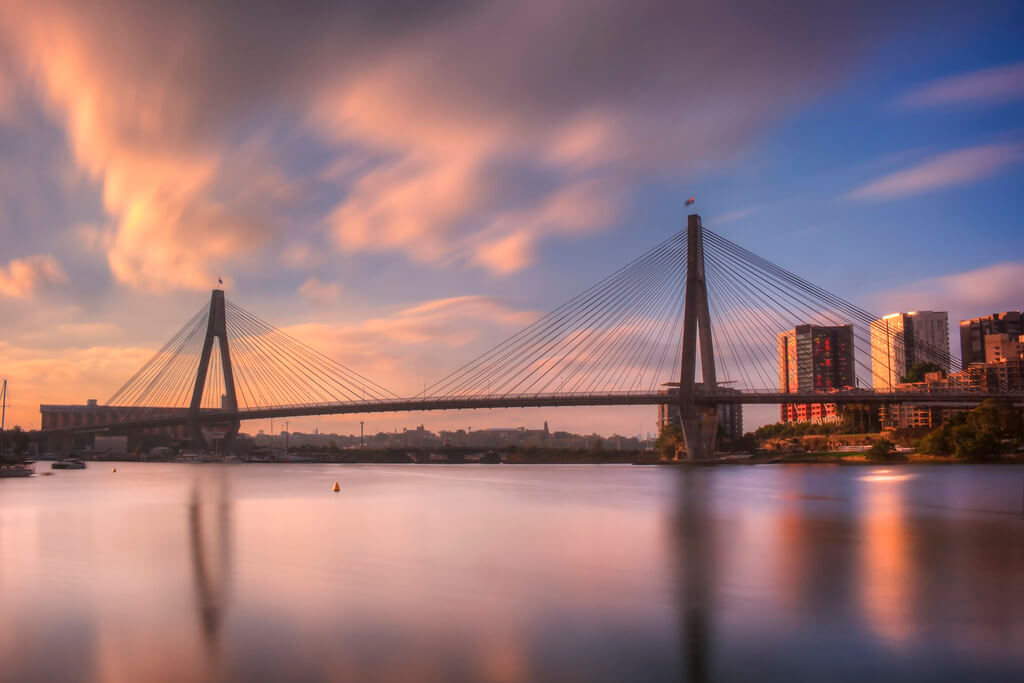
Between Glebe Island and Pyrmont, along the western border of Sydney’s Central Business Area, this enormous bridge carries eight lanes of traffic.
If you want to see one of these breathtaking color displays, take a stroll along the pedestrian route in the early morning or late afternoon. The Anzac Bridge is also renowned for its magnificent sunrises and sunsets.
6. Webb Bridge
The Webb Bridge is only accessible to pedestrians and bicycles, in contrast to several of Australia’s other well-known bridges. The 2003 bridge connects Melbourne’s south-side Yarra’s Edge district to the city’s north-side Docklands.
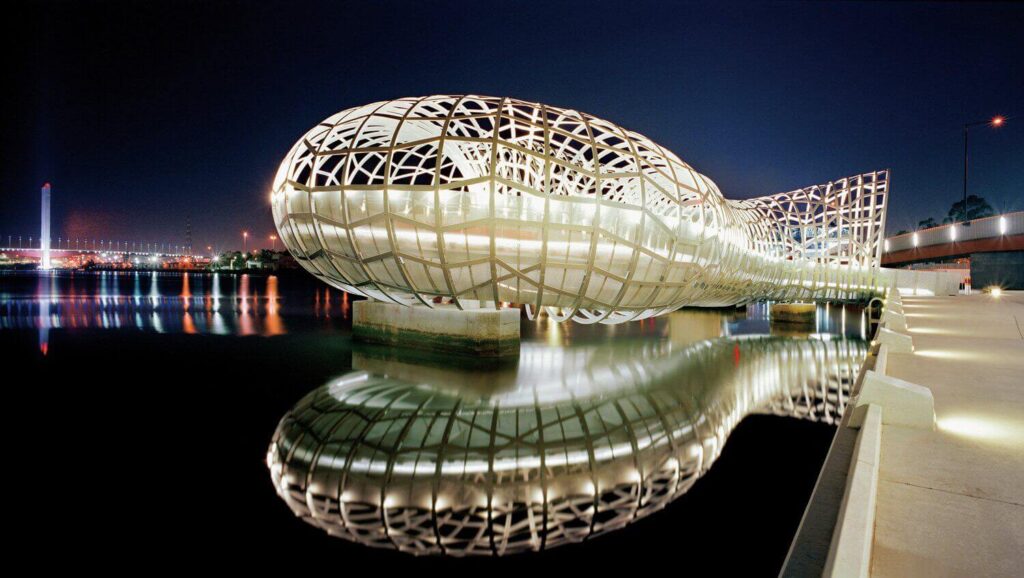
Denton Corker Marshall, an architect, and Robert Owen, an artist, came up with the original concept. The Webb Bridge, a crossing over the Yarra River, was built using portions of an existing rail bridge (the Webb Dock Rail Bridge) and a new 80-meter (262-foot) ramp.
The elaborate bridge design was influenced by the Gunditjmara Native people’s eel traps.
7. Kurilpa Bridge
One of the newest in the nation, the Kurilpa Bridge (also known as the Tank Street Bridge), debuted in 2009. This contemporary masterpiece is among Australia’s most well-known bridges and one of the most expensive as well, having cost over $63 million.
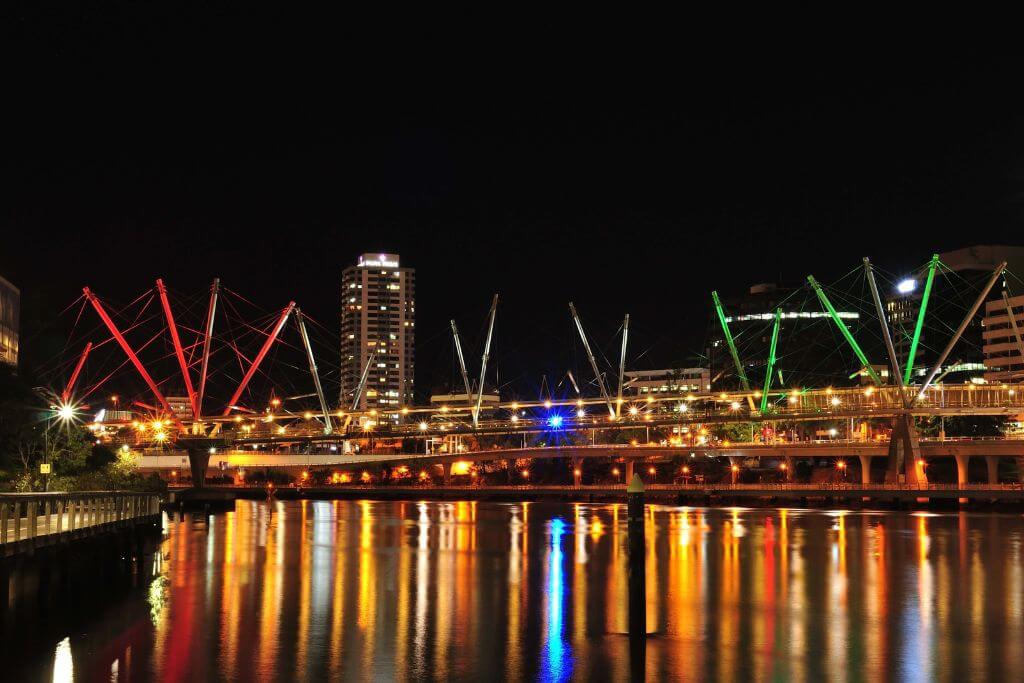
The Kurilpa Bridge, which spans the Brisbane River in Brisbane, connects South Brisbane with the Central Business Area for cyclists and pedestrians.
The largest hybrid tensegrity bridge in the entire world is this multi-massed, cable-stayed building. The bridge also features rest stops, viewing platforms, and a weatherproof canopy that runs the full length of it.
8. Hampden Bridge
One of Australia’s most renowned bridges is the regal Hampden Bridge. In addition, it is the only surviving wooden suspension bridge from its era. It was built in 1898 in the New South Wales community of Kangaroo Valley.
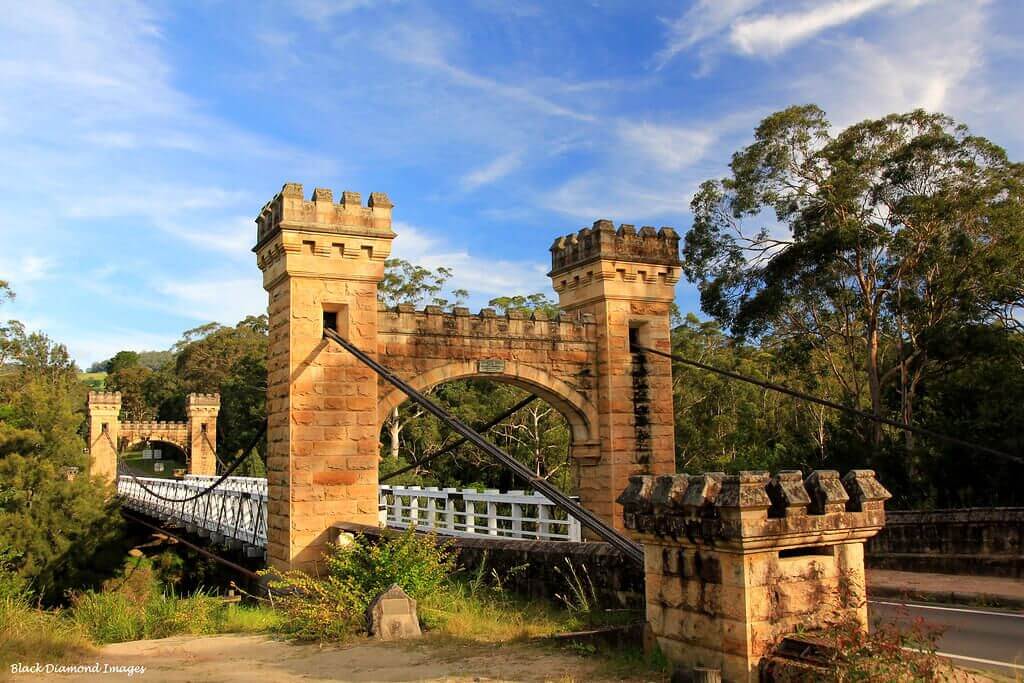
The Hampden Bridge is as distinctive as it is stunning, with sandstone towers in the manner of medieval architecture and oak rails. It is regarded as the entrance to Kangaroo Valley, which is home to an abundance of Australian animals and gorgeous woodland scenery.
The north and south of the region, which had virtually entirely separate development before the bridge was built, were formerly only connected by it.
9. Stony Creek Falls Bridge
The Stony Creek Falls Bridge, one of the most well-known in Australia, was built back in 1886 as a way to connect the railway from the city of Cairns to the mining hub of Herberton.
The Stony Creek Falls Bridge still gets its fair share of traffic even if its original purpose is no longer appropriate. Nowadays, travelers can travel along this route on the Kuranda Scenic Railway.
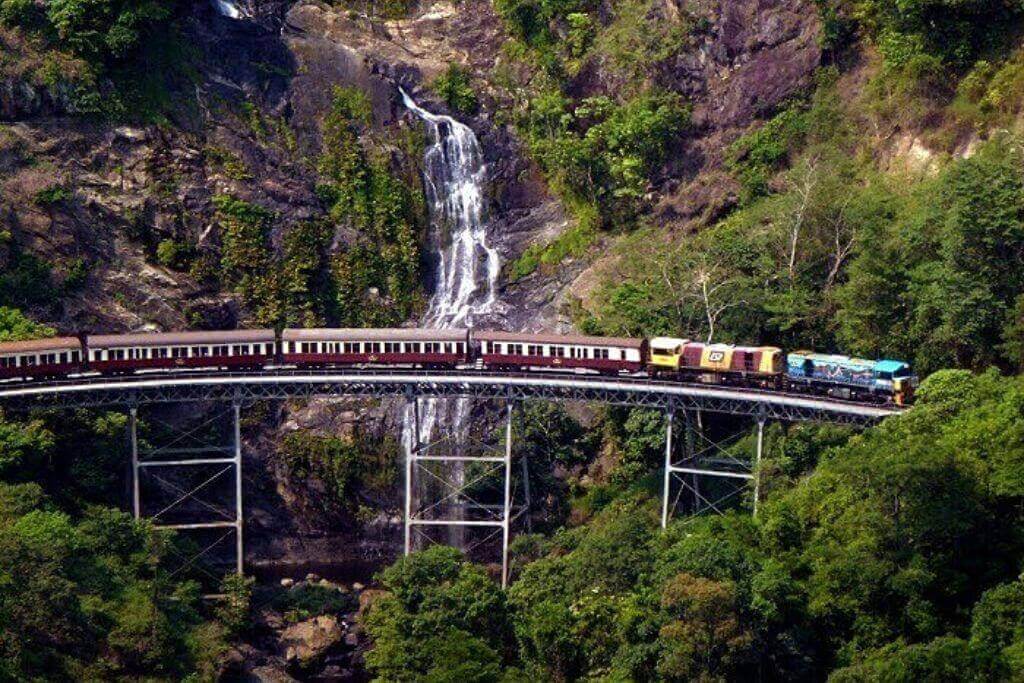
From Cairns to Kuranda, the railway offers breathtaking views of the landscape of the wet tropics and rainforest, including lush gorges, tumbling waterfalls, flowing creeks, and 15 distinct tunnels.
The 80-meter (262-foot) radius bend on this ride along the Sonty Creek Falls Bridge is not for the faint of heart, and it’s likely to keep your heart rate up long after you’ve passed the bridge.
10. Ross Bridge
The charming colonial Ross Bridge, another one of Australia’s most well-known bridges, is located in Tasmania. The bridge, which lies in the middle of the island and is located 78 kilometers (48 miles) south of Launceston, has a lengthy and humorous history.
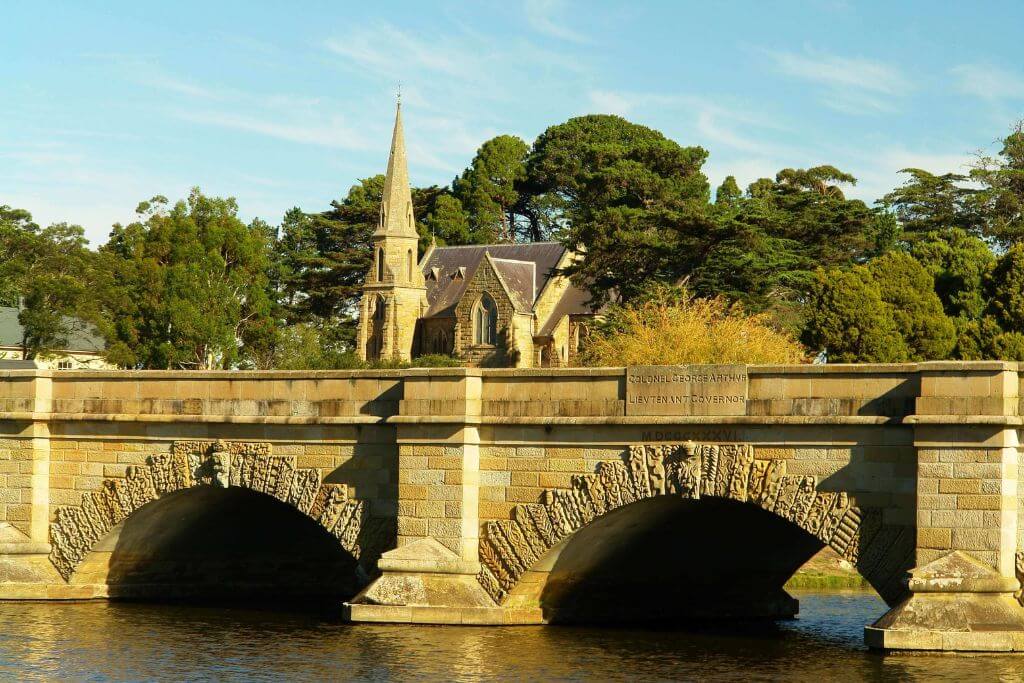
Logs, clay, and uncemented stone piers were the foundation for the first bridge over the Macquarie River, which was constructed in 1822. This bridge did not last very long for obvious reasons, and a new bridge was built only a few years later.
Convict laborers began construction in 1929 on a brand-new stone bridge that would open in 1836. The bridge still standing today is anything but simple, and it was one of the most ornate bridges of its era.
11. Bethanga Bridge
One of the most recognizable bridges in Australia is the Bethanga Bridge, which spans the Murray River in New South Wales. This steel truss road bridge, which crosses Lake Hume, a portion of the storied Hume Dam in Albury, was finished in 1930.
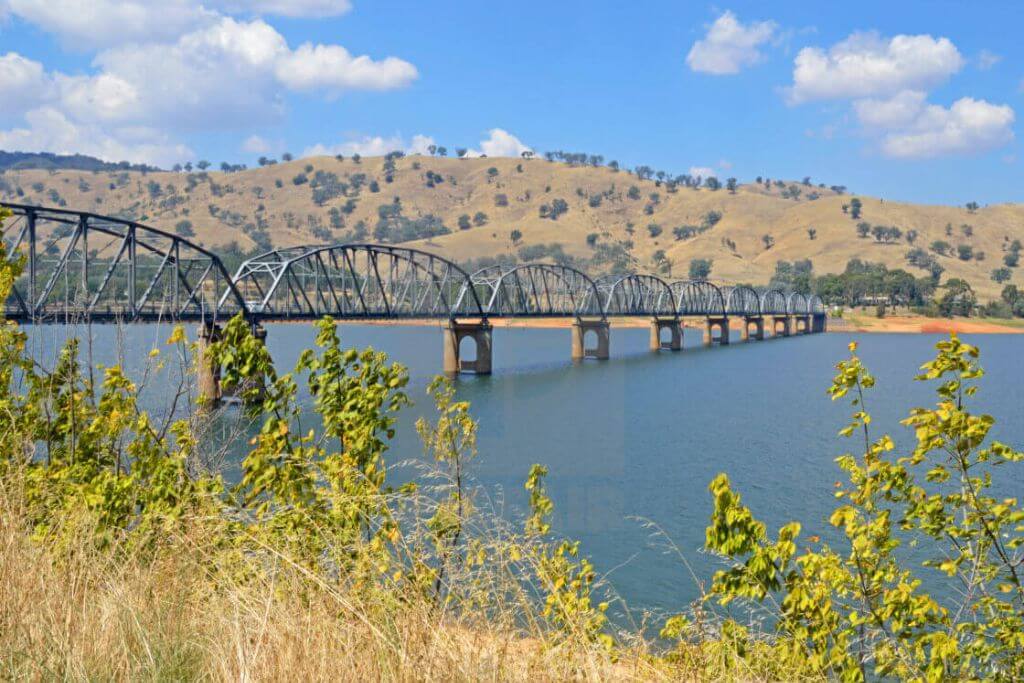
The Bethanga Bridge connects Victoria and New South Wales similarly to the Barham Bridge, except this time, it does so via Bethanga and Bellbridge. The bridge was built in the early 20th century, and its massive endeavor has led to its heritage listing.
